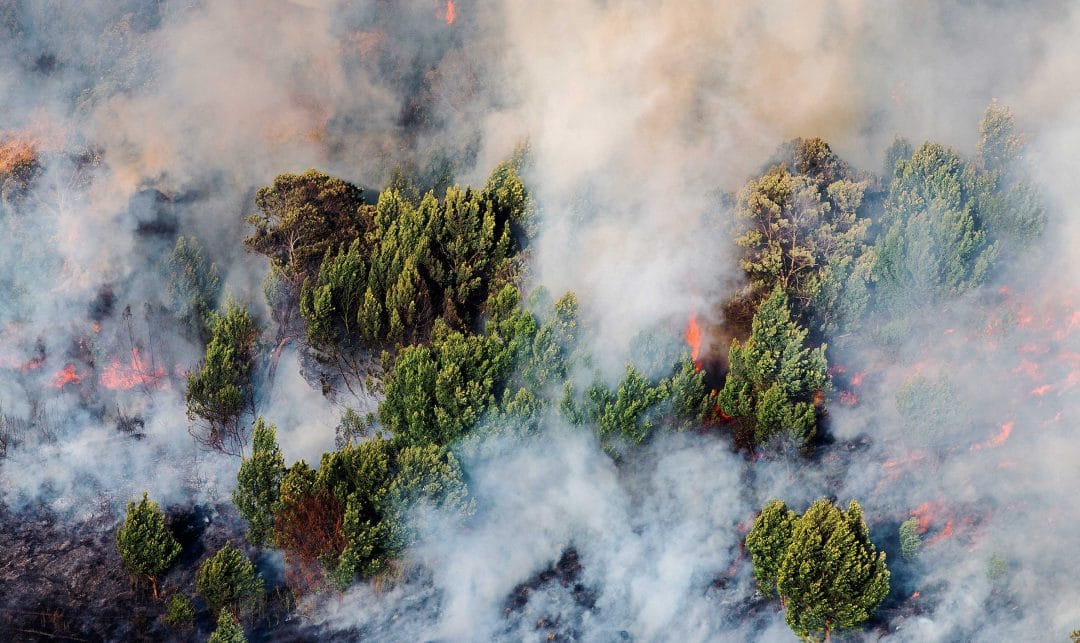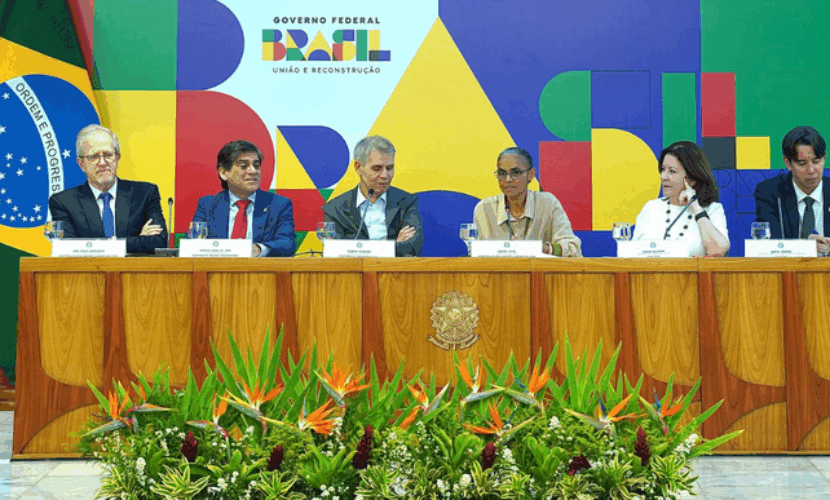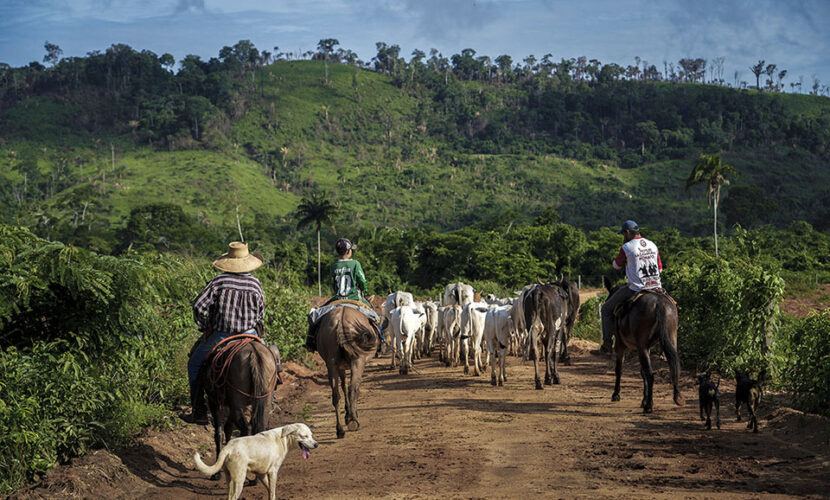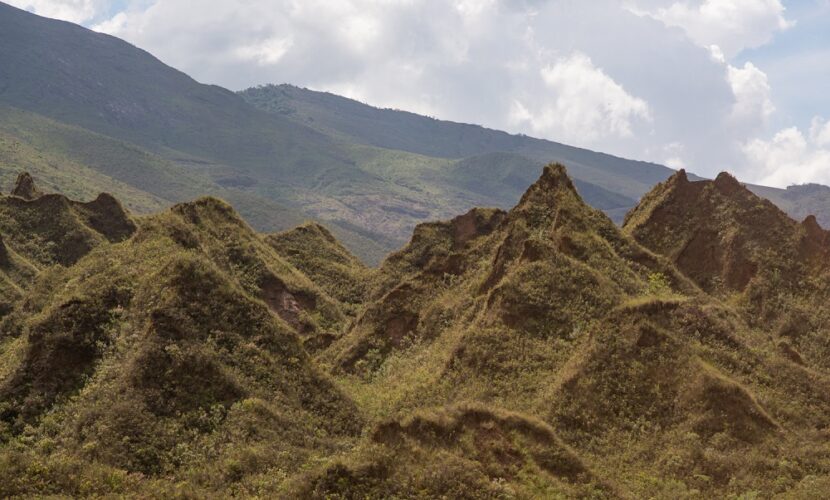最新記事&分析
Indonesia pulp giants’ net-zero pledges are misleading, warn civil society

By excluding their forestry operations, the pulp companies do not report the biggest source of their emissions; mill expansions are set to increase these emissions
Ahead of a stakeholder meeting in which Asia Pulp & Paper (APP), one of Indonesia’s largest pulp & paper companies, is expected to make announcements regarding its ‘Net-Zero’ emissions pledge, civil society groups warn that these commitments, along with those of its competitor Asia Pacific Resources International (APRIL) are misleading. Neither pulp and paper group is reporting the largest source of their emissions: land use change and fires, largely linked to the degradation of over one million hectares of peatlands being used to supply wood for their pulp. Moreover, both groups are planning pulp mill expansions that will likely increase their overall emissions.
The two giant pulp and paper companies are major contributors to climate change in Southeast Asia due to their impacts on land and forests- particularly Indonesia’s carbon rich peatlands, one of the world’s largest stores of terrestrial carbon.
“While we wholly support the decarbonization of the pulp & paper sector, the ‘net-zero’ emissions plans have no credibility until the groups publicly report on the true scale of their emissions. APP appears to have not yet conducted any comprehensive measurements of its land use change emissions. APRIL claims to have measured land use change emissions but has not reported its findings. The failure to report emissions from land-use should ring serious alarm bells for creditors and customers who need to achieve efficient GHG emissions budgets.” said Gemma Tillack of the Rainforest Action Network. Neither company has announced plans to publicly report data on land use change emissions going forward.
APP (part of Sinar Mas Group) and APRIL (part of Royal Golden Eagle Group) together operate five mega-scale pulp mills on the Indonesian island of Sumatra, that are supplied by over 1 million hectares of industrial tree plantations developed on Indonesia’s peatlands.[1] As these peat soils dry up under cultivation, they release vast levels of greenhouse gasses trapped in the soil, estimated at close to 100 million tons CO2e per year, equivalent to around a quarter of the annual emissions of Indonesia’s neighbor Malaysia- a country with a population of over 30 million.[2]
And the problem is about to get worse: Both pulp groups are planning major expansions of their pulp mills in Sumatra without demonstrating credible supply plans to show where the extra wood will be sourced from.[3]The greater demand for wood will put more pressure on peatlands and forests, driving emissions even higher.
“The only credible path to decarbonization is to phase out their dependence on drained peatlands in Indonesia, and to ensure these vast carbon sinks are restored. Instead, these pulp groups will seek to maximize output from their tree plantations located on fragile peatlands in order to produce even more wood than they currently use today. This will increase emissions and fire risk, locking in sky high emissions for decades to come” said Sergio Baffoni of the Environmental Paper Network, which recently co-authored a report on APP’s expansion plans for the OKI mill.
Analyses from civil society groups project the enlarged pulp mills will require a much larger area of land for plantations than is currently in use, increasing the risk of further deforestation and additional emissions. APRIL denies that it plans to expand its plantation base, and states that that the supply will continue to be sourced from the existing production areas approved by the government.
“These two companies should present verifiable evidence to its customers, financiers and the Indonesian public on how much they really contribute to fuelling climate change. Then we can have a serious conversation about setting meaningful targets. But without transparency, these net-zero commitments feel like green wash that puts our world in even greater peril” said Aidil Fitri, Executive Director of Hutan Kita Institute.
In response to the groups not having reported on emissions from land use change and fires, APP stated that “we only disclose GHG emissions from manufacturing activities”. They added that “we are currently exploring alternatives and developing clear action plans to undertake a baseline assessment of our carbon, forest and emissions” and that their planned expansion of its OKI pulp mill “is very much dependent on market conditions and demand for our products”.
APRIL stated that “We continue to follow best practice in the calculation and reporting of emissions” and that “emissions from land use and land use change comprise a significant and critical component of our carbon footprint and, as such, we are choosing to exercise great prudence in the implementation and communication of this”.
For press enquiries, please contact:
Emma Rae Lierley (emma@ran.org)
Image. A forest fire rips through Sumatra. Unfettered forest clearing and peatland draining to make way for palm oil and pulp and paper plantations are considered to be the main cause of Indonesia’s agricultural fires. Photo/Muhammadiyah
[1] See data collated by Trase.earth, https://bit.ly/3Q8w3vO
[2] Annualized average 2015-2019. APP suppliers are estimated to produce around 80% and APRIL 20% of these peat-linked emissions. Emissions from peatland subsidence: calculated by multiplying the planted area on peatland by 73 tons CO2e/ha/year (derived from Hooijer et al. 2012). This excludes emissions from subsidence in adjacent non-planted peatland areas, and also assumes all planted areas have been drained and planted on for more than five years. Emissions from fire events on peat: calculated by multiplying burned area on peatland for each year by 842 Mg CO2e/ha (derived from Vasquez et al. 2020 ‘Estimating Greenhouse Gas Emissions from Peat Combustion in Wildfires on Indonesian Peatlands’, Global Biogeochemical Cycles). This excludes emissions from fires on non-peatland areas, fires that spread outside of concession areas and fires that may have occurred on the same area of peatland during a single year. Malaysia’s annual emissions in 2019 are 396 million tonnes CO2e per annum, see data from ClimateWatch, https://bit.ly/3x4LRZ2
[3] For APP, see Environmental Paper Network, Asia Pulp and Paper Risk briefing for banks and investors, 2021, https://bit.ly/3HiYdR3; for APRIL, see Forests & Finance, 2021, Inherent Risk, https://bit.ly/3N8P1AM









